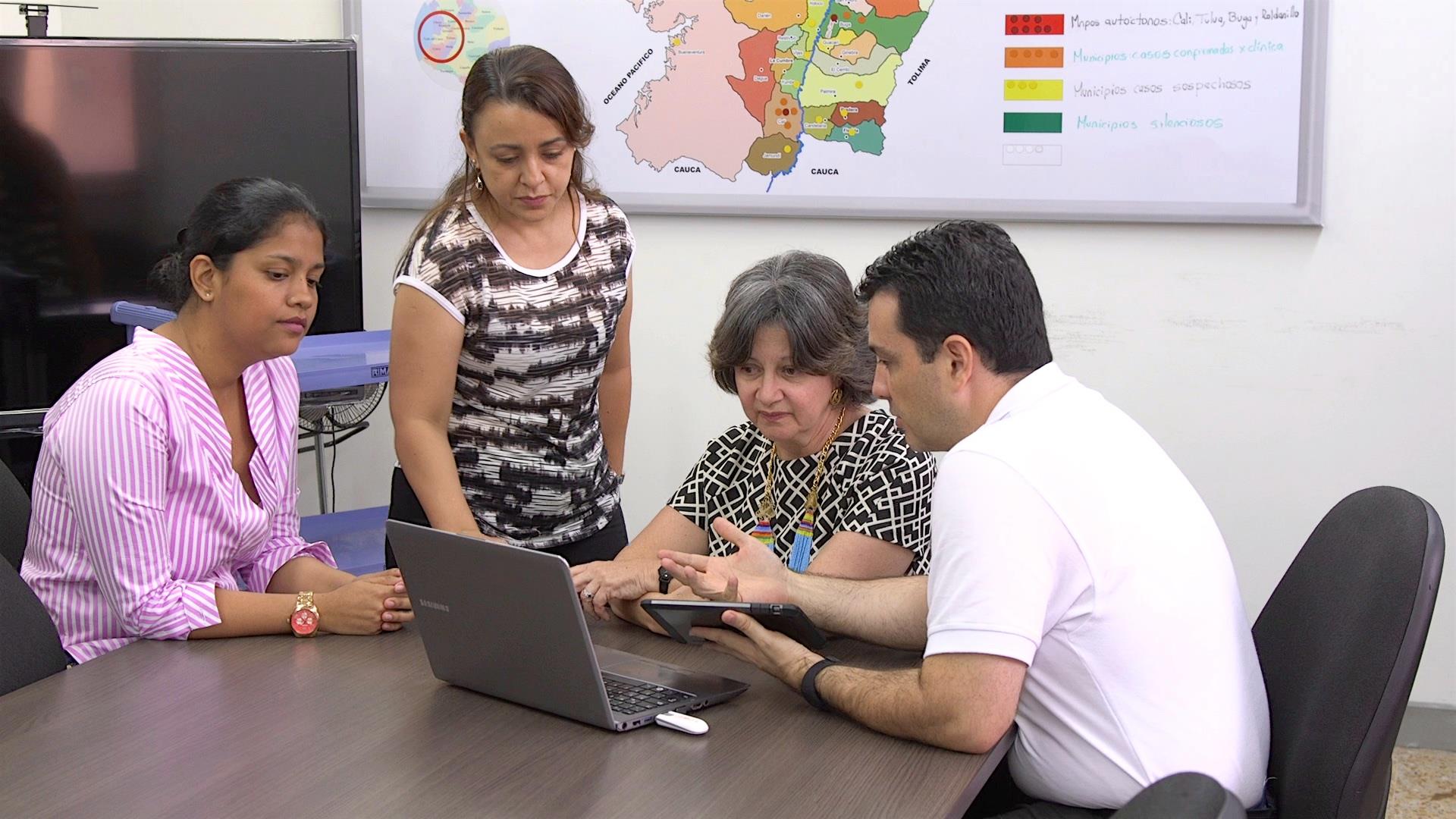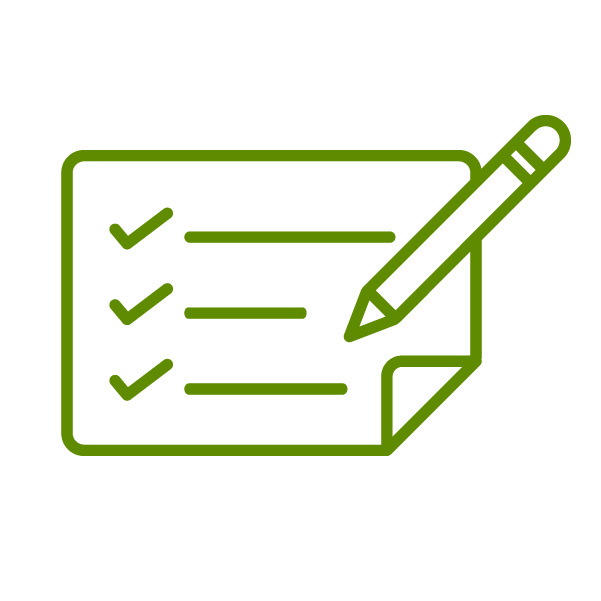Purposes of communications evaluation
Contact us
Regular assessments of communication messages, materials, and audience engagements allow WHO to analyse various trends.
Measure improvements in WHO’s messages, activities and products
Evaluation can chart how the use of recommendations found in the Framework improve WHO’s communications to make them more accessible, actionable, credible, relevant, timely, and understandable.
Determine how and to what extent activities and products are making a difference for the targeted audiences
What impact are the communication interventions and activities having such as changes in awareness, attitudes, behaviours, positions, policies?
Increase the skill and expertise of WHO’s communication staff through continuous learning
Systematic, ongoing evaluation encourages staff to learn communication practices and tactics that are effective and to try out new ones, assessing them over time.
Inform decision-making about future communications initiatives and outreach
Communicators can feed the results of evaluation into their planning to determine what is working, and to identify where changes are needed in the next steps of an ongoing initiative or in future outreach.
Demonstrate the value of communication interventions
Results of evaluation help measure the value of specific communications tactics or approaches, enabling WHO to direct human and financial resources to support interventions with highest return on investment.
Tracking audience exposure to WHO's channels and messages
Currently, the most frequently practiced communications assessments at WHO focus on monitoring website traffic, news and social media.
This section of the Framework is not intended to be an exhaustive discussion of all types of possible communication assessments and methods. Instead, it focuses on two key areas:
- Evaluating how well WHO communications fulfill the principles of effective communications
i.e.measuring if communication products and activities are accessible, actionable, credible, relevant, timely, and understandable; and







